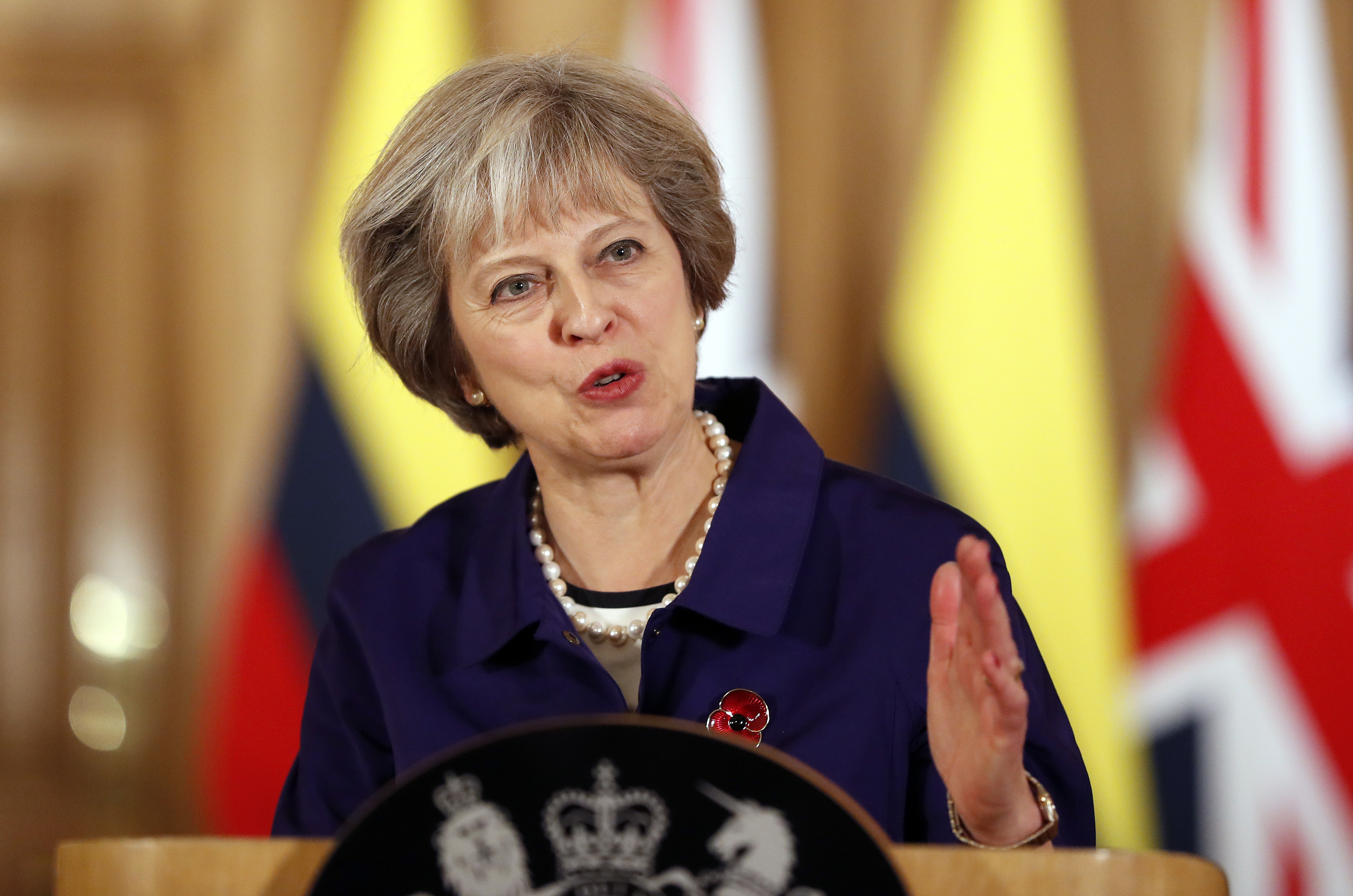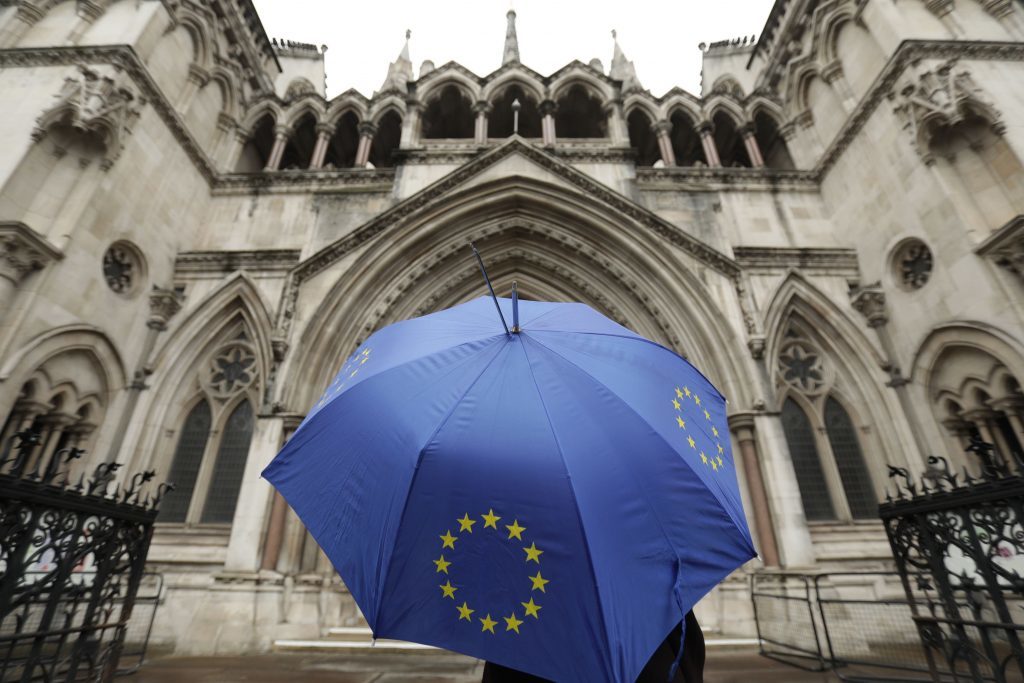
THERESA MAY’S plans for Brexit have suffered a major setback after campaigners won their High Court battle over her decision not to seek parliamentary approval before starting the process.
Here we look at some of the key questions surrounding the way the UK leaves the European Union.
What is Article 50 on which this case has hinged?
Article 50 of the Treaty on European Union states that a country which decides to leave the EU has two years to negotiate “arrangements for its withdrawal, taking account of the framework for its future relationship with the Union”.
In practice, the two-year process will focus on unravelling UK-EU treaty obligations; in particular contributions to EU budgets, but also including issues like liability for pay and pensions of British EU staff. Discussions would also take place on the future “framework” for trade relations, but a deal on that may take much longer to agree.
Why does it matter whether it is the Prime Minister or Parliament that starts the process?
The Government argued that the Prime Minister can trigger Article 50 using royal prerogative powers and that parliamentary consent was not required following the clear public referendum vote in favour of leaving the EU.
If MPs and peers now have to approve taking that step, it could potentially be defeated, effectively blocking Brexit. Campaigners successfully argued at the High Court that Mrs May did not have the right to act without the prior authority of Parliament.
So what does this mean for the Prime Minister’s plan?
Mrs May had promised to trigger Article 50 by the end of March next year. Unless the High Court ruling is overturned on appeal, she will now have to get the approval of MPs and peers before she can go ahead with that.
The majority of MPs were in favour of remaining in the European Union, so it is by no means certain that will be an easy process. But MPs will also be reluctant to be seen as trying to hold up or prevent Brexit following the decision of UK voters in June’s referendum.
What can Mrs May do now?
The Government will appeal against the judgment at the Supreme Court. If the ruling against the Prime Minister’s position is not overturned, she will have little option but to seek parliamentary approval.
The alternative could be taking the case to the European Court of Justice, which could take months and would infuriate Brexit campaigners who had argued that one of the main reasons for leaving the EU was to leave the jurisdiction of the Luxembourg judges.
If Mrs May is given permission – either by judges on appeal, or by Parliament – to invoke Article 50, does that inevitably lead to Brexit?
There are differing views. The Article 50 process has never been used before, and there is uncertainty about whether it is indeed irreversible. Lawyers on both sides in the High Court said it was irrevocable. But Lord Kerr, the diplomat who drafted the measure, has suggested it is “not irrevocable”.
Donald Tusk, the president of the European Council, has suggested that the UK could pull out of the Brexit process, indicating that other EU leaders would be sympathetic and “if we have a chance to reverse this negative process, we will find allies”.
Even if the process is not reversed, it could still be extended beyond two years if there is agreement by all the other EU leaders.
READ MORE
Article 50 ruling: What is the royal prerogative?
High Court rules that Theresa May cannot trigger Article 50 without authority of Parliament

Enjoy the convenience of having The Sunday Post delivered as a digital ePaper straight to your smartphone, tablet or computer.
Subscribe for only £5.49 a month and enjoy all the benefits of the printed paper as a digital replica.
Subscribe